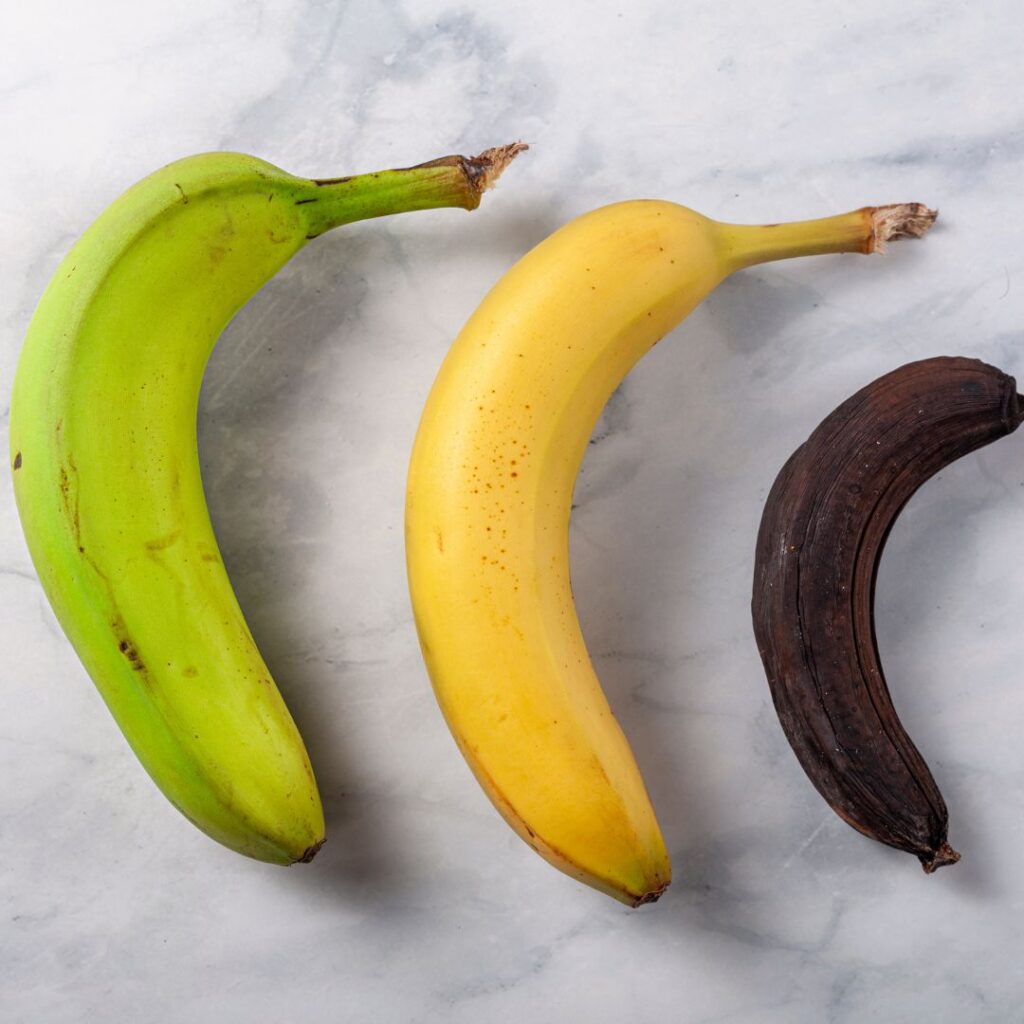
As you approach, or even pass your due date, your midwife or OBGYN may offer a membrane sweep. You may be wondering what it is, if it hurts, what happens after, and if it works.
What is a Membrane Sweep?
A membrane sweep, aslo known as a stretch and sweep or a membrane sweep, is a proceedure done by an OBGYN or Midwife to help kick start labor. During a membrane sweep, the provider uses their finger (or fingers depending on how dilated your cervix is) to gently seperate the amniotic sac (membrane) from the wall of the uterus. This separation helps release prostaglandins, which may promote cervical ripening and initiate labor. The procedure is done during a cervical exam.
Does a membrane sweep hurt?
So for some people, membrane sweeps will be easy peasy, with very little discomfort if any, and some will be more uncomfortable.
A lot of it is depending on your anatomy and what’s going on with your body. Some people have a naturally lower cervix than others, making it easier to reach. People who have a low cervix may find they have little to no discomfort with a membrane sweep.

As your body prepares for birth, your cervix moves from posterior (back) to anterior (front) and is easier to reach. If your cervix is very posterior, it can be more uncomfortable during a cervical check or sweep, because your provider will have to “dig” a little more to reach. Often, a provider will ask you to prop your hips up on your fists to help them reach your cervix easier. The more “ripened” your cervix is, typically the less discomfort. The cervix can be described as “ripe” when it has softened, effaced (thinned out), and dilated, all of which are signs that the body is getting ready for the delivery of the baby.
It is important to have an open discussion with your provider about it. Let them know before the sweep you may ask to stop if it becomes too intense.
What happens after a membrane sweep?
You may have some spotting, and many people will have cramping and uterine irritibility after a membrane sweep. (As always, if you have a lot of bleeding or are concerned, contact your care provider.) Sometimes it can be hard to differentiate between irritibility from the membrane sweep and contractions.
Does a Membrane Sweep Work?
In terms of efficacy, membrane sweeps may nudge you over the edge if your body and baby are ready. There is some evidence to support their use in later gestations. But, like any type of method used to encourage labor- it doesn’t always work. There is also a slight increased risk that the gentle sweeping may rupture your membranes (water) prematurely.
Ultimately, it’s a benefits, risk, and intuition discussion and thought process. What are the benefits of one? What are the risks? And how do you ultimately feel in your gut about trying it before other induction options?
Your RCD doula team can help walk you through the BRAIN process to help you figure out what is right for you and your family! Contact us today to get on our 2024 calendar!


